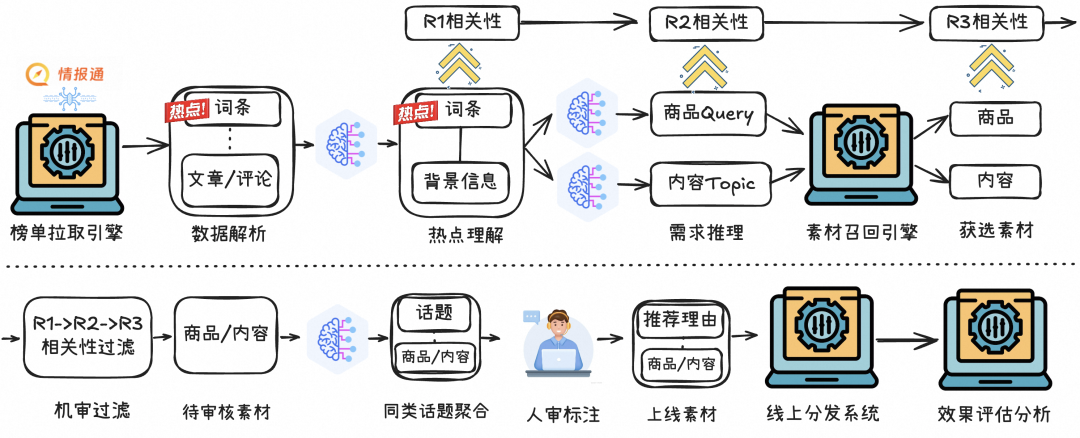This article offers a detailed introduction to Google's newly released Gemini 3 Flash large model, highlighting its reasoning capabilities, which rival the flagship Gemini 3 Pro model, alongside faster response speeds and substantially lower costs. Achieving 'top-ranking' performance in multiple benchmark tests, including GPQA PhD-level reasoning, multimodal understanding, and coding agents, the Flash version demonstrates a 'compact yet powerful' evolution. The article further explores its core technical principles, such as 'thought levels' parameters and context caching, vital for balancing performance and cost. Gemini 3 Flash shows immense application potential in complex video analysis, mass data extraction, visual question answering, legal and financial services, and software development, garnering widespread praise from the industry and social media. This indicates an acceleration in AI application deployment and widespread adoption.









